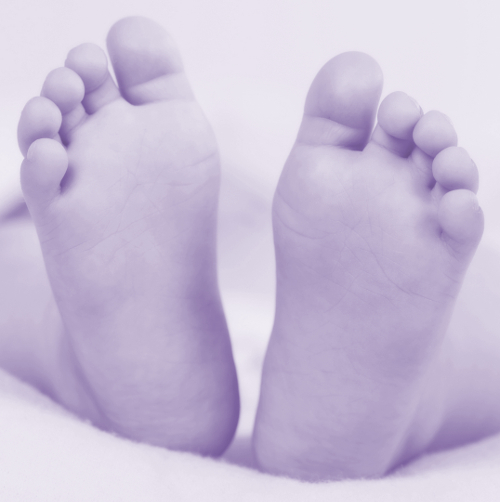Birth rate drops to risky level
 Australia’s birth rate has plunged to its lowest level ever, raising alarm.
Australia’s birth rate has plunged to its lowest level ever, raising alarm.
The Australian Bureau of Statistics (ABS) reported 286,998 births in 2023, leading to a total fertility rate (TFR) of 1.50 babies per woman, the lowest in the nation’s history.
Western Australia had the highest TFR at 1.57 babies per woman, followed by New South Wales and the Northern Territory at 1.55 each.
The Australian Capital Territory had the lowest rate at 1.31. Tasmania was the only state with an increase, rising from 1.49 to 1.51 babies per woman.
Aboriginal and Torres Strait Islander mothers had a TFR of 2.17, with 24,737 births recorded where at least one parent was Indigenous, accounting for 8.6 per cent of total births.
The TFR has been in long-term decline, dropping from 1.86 babies per woman in 1993 to 1.50 in 2023.
Birth rates for younger women, especially those aged 15 to 19, have fallen by more than two-thirds, now at 6.2 per 1,000 women. A significant decline was also observed in women aged 20 to 24.
Meanwhile, fertility rates for women aged 40 to 44 have nearly doubled, reflecting a shift to later motherhood.
Women aged 30 to 34 have the highest fertility rate, with 105.2 births per 1,000, followed by those aged 25 to 29, with 74.9.
“The long-term decline in fertility of younger mums, as well as the continued increase in fertility of older mums, reflects a shift towards later childbearing,” ABS head of demography statistics Beidar Cho explained.
This has pushed the median age of mothers to 31.9 years.
Demographers warn that a TFR below 1.5 could be hard to recover from, as fewer children will lead to slower economic growth, further discouraging families from having more children.
Australia’s low rate has drawn comparisons to nations like Italy, Japan, and South Korea, where low fertility has led to severe demographic and economic challenges.
While Australia has previously rebounded from low birth rates, the current situation is more complex.
The current challenges are attributed to economic insecurity, housing affordability, climate change, and gender inequality, urging immediate government action in these areas.
Without such efforts, Australia risks entering a phase of ‘ultra-low fertility’ from which recovery could be difficult.








 Print
Print